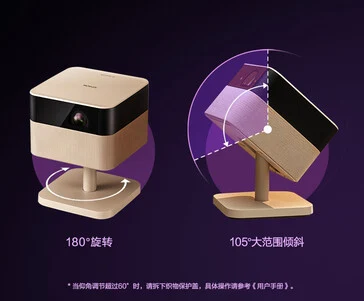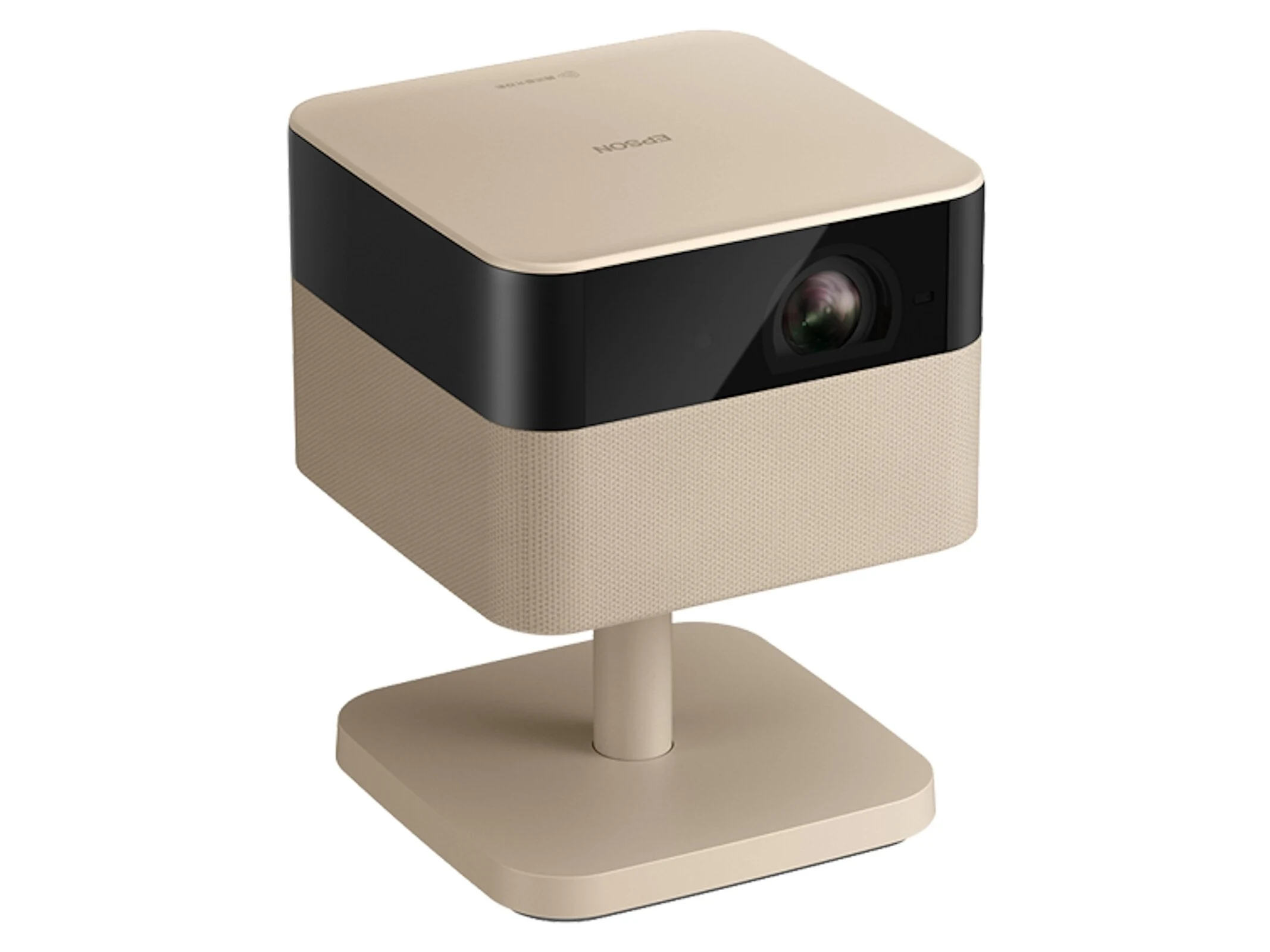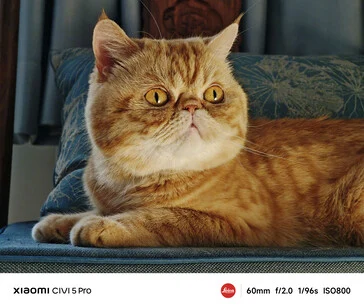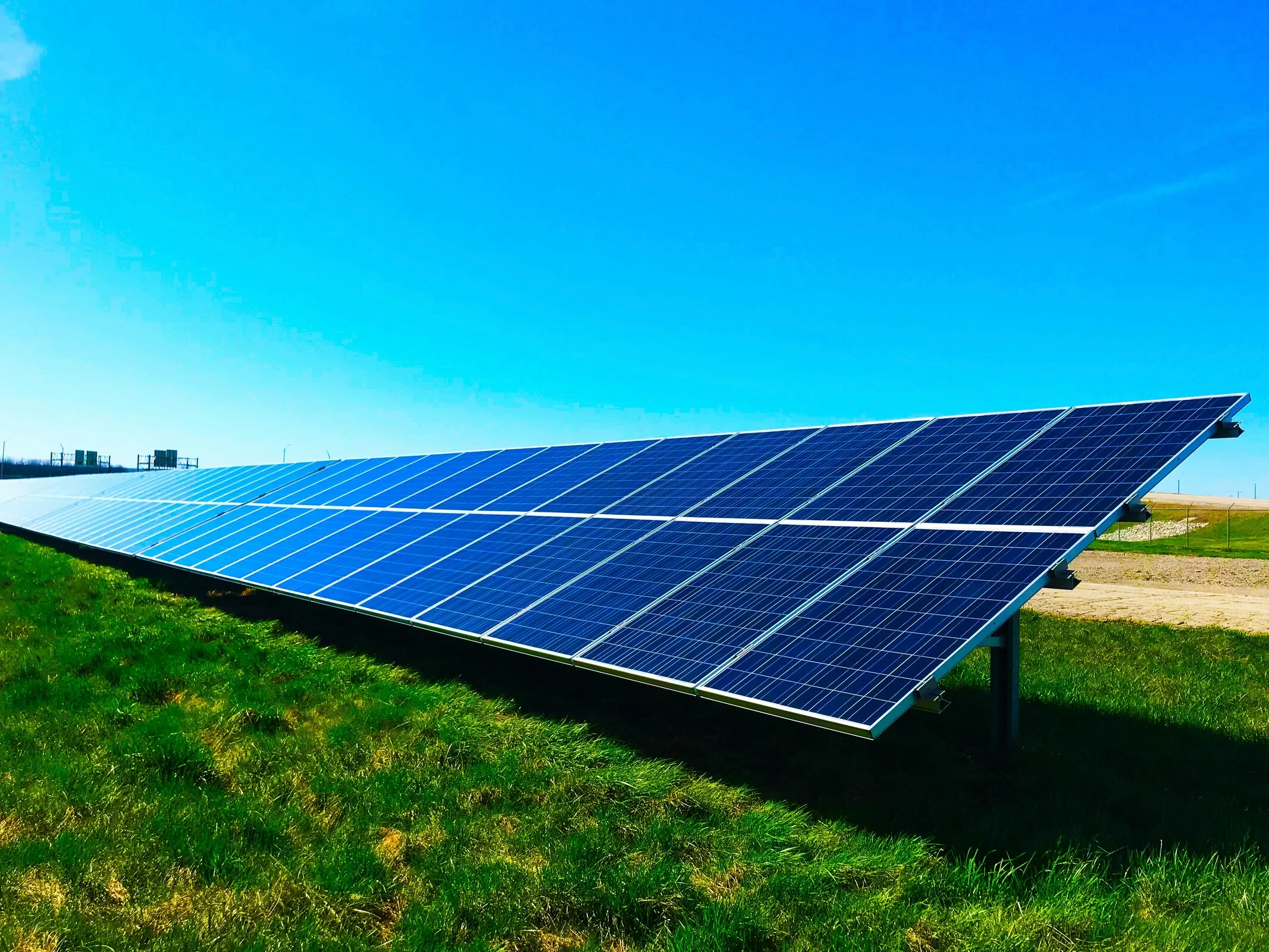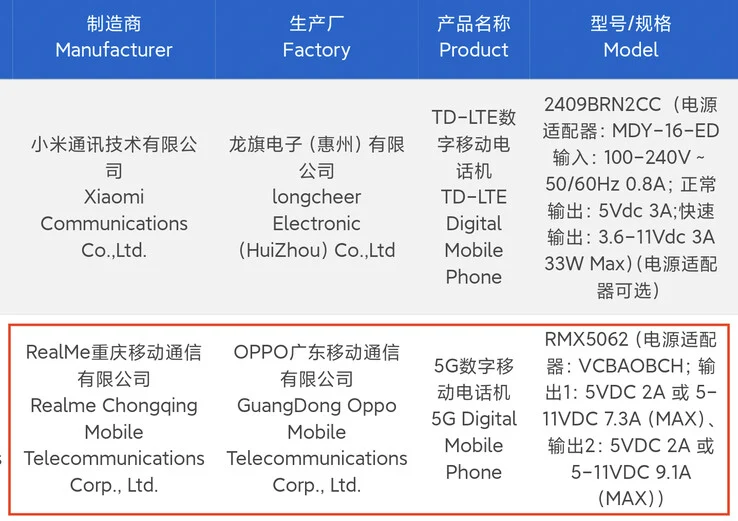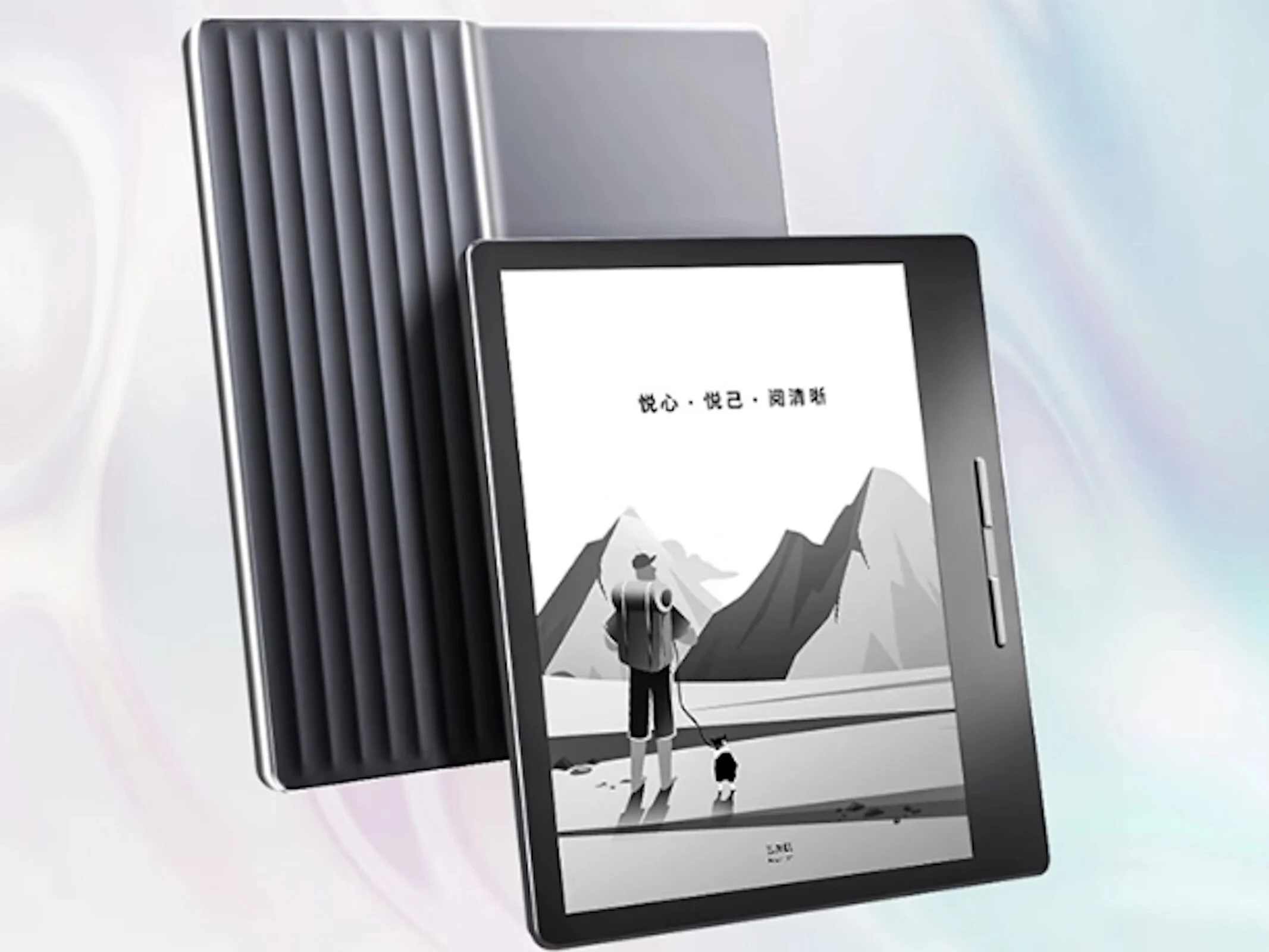Key Takeaways
1. The Epson EF-51 is a versatile projector that can also function as a lamp, with customizable lighting options.
2. It features a compact design with adjustable rotation and tilt for easy setup, along with automatic keystone correction.
3. The projector uses 3LCD technology for vibrant image quality and has a resolution of 3,840 x 2,160, though not its native resolution.
4. The maximum brightness is rated at 700 lumens, suitable for projecting images between 30 and 150 inches in size.
5. Priced at approximately $734 in China, details about a global release are still pending.
Epson is broadening its lineup with the introduction of the Epson EF-51, a new projector. This device isn’t just for projecting images; it can also serve as a lamp on a nightstand, for instance. It supports multiple colors, and the lighting can be synced with the projection or activated even when the Epson EF-51 is in standby mode. An app simplifies the process of configuring the lighting, making it both comprehensive and user-friendly.
Design and Functionality
The projector measures 190 x 190 mm and stands at 249 mm, featuring a relatively long stand that gives it a very practical look. Users can rotate the system 180° on its stand and tilt it 105° both up and down, thus making the setup quite easy. Keystone correction is available, and the manufacturer claims that the projection position can be automatically adjusted. The Epson EF-51 utilizes 3LCD technology, which employs three separate LCD screens to create images, ensuring vibrant color representation.
Specifications and Performance
The resolution is said to be 3,840 x 2,160, though it’s probably not the native resolution without pixel shifting. The maximum brightness is rated at 700 lumens, and the throw ratio is 1.2:1. It is recommended to project images between 30 and 150 inches in size. Additionally, this 3.9-kilogram projector is compatible with ALLM and supports wireless screen projection.
In China, the price for this model is approximately $734. Details regarding a worldwide release are still awaited.
Source:
Link
